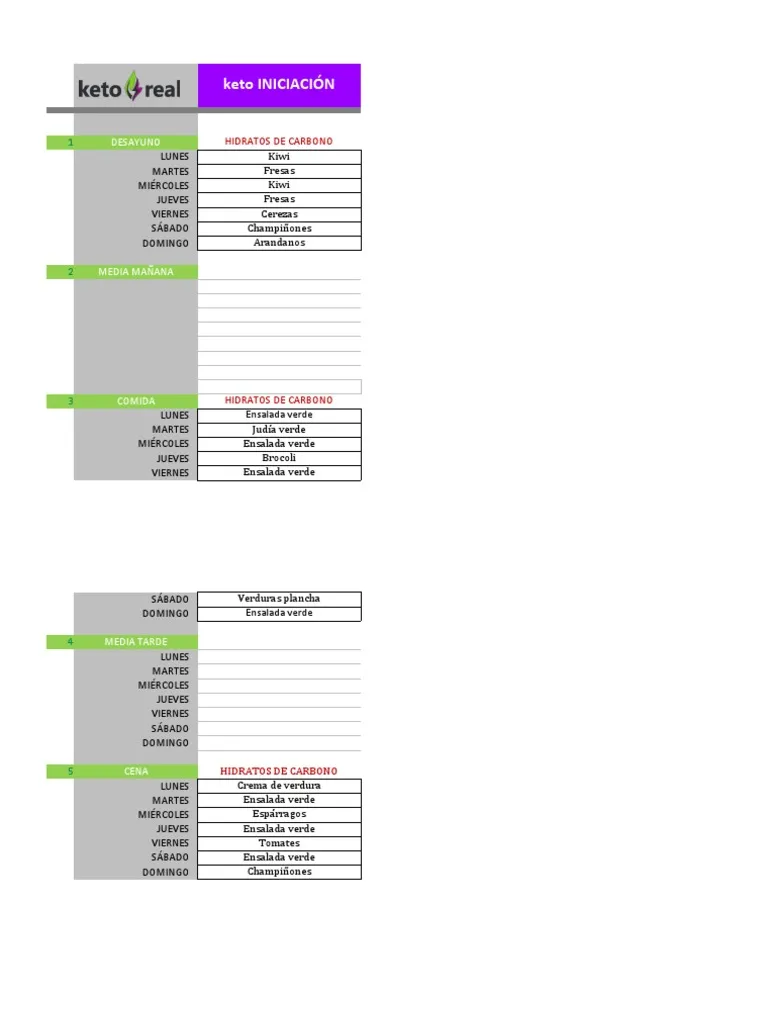
Breaking a Sweat on Keto: Tips for Athletes Looking to Excel
Introduction
The ketogenic diet, commonly known as keto, has gained popularity in recent years for its ability to help individuals lose weight and improve their overall health. However, for athletes looking to perform at their best, the idea of following a high-fat, low-carb diet can be daunting. Many athletes believe that they need carbohydrates for energy and fear that cutting them out will hinder their performance. But with the right approach, athletes can not only maintain their performance on a ketogenic diet but also excel in their sport.
In this article, we will discuss how athletes can break a sweat on keto and provide tips for optimizing their performance. We will also address common questions and concerns that athletes may have when considering a ketogenic diet.
Understanding the ketogenic diet
The ketogenic diet is a high-fat, moderate-protein, low-carbohydrate diet that forces the body to burn fat for fuel instead of carbohydrates. By drastically reducing carbohydrate intake, the body enters a state of ketosis, where it produces ketones from fat stores to use as energy. This shift in fuel source can lead to numerous health benefits, including weight loss, improved insulin sensitivity, and increased energy levels.
For athletes, the ketogenic diet offers several potential benefits, including improved endurance, faster recovery, and enhanced mental clarity. By training the body to burn fat for fuel, athletes can tap into a nearly unlimited source of energy, which can be especially beneficial for endurance sports like running, cycling, and swimming.
Tips for Athletes on Keto
1. Monitor your macronutrient intake: To achieve and maintain ketosis, athletes should aim to consume around 70-75% of their calories from fat, 20-25% from protein, and 5-10% from carbohydrates. Tracking your macronutrient intake using a food diary or mobile app can help you stay on track and ensure that you are getting the right balance of nutrients.
2. Choose healthy fats: Not all fats are created equal, so it’s important to focus on quality sources of fat like avocados, nuts, seeds, olive oil, and fatty fish. Avoid processed fats and trans fats, as these can have negative effects on your health.
3. Stay hydrated: When following a ketogenic diet, the body excretes more water and electrolytes, which can lead to dehydration and electrolyte imbalances. Make sure to drink plenty of water and replenish your electrolytes with foods like leafy greens, avocados, and bone broth.
4. Time your meals strategically: Eating a high-fat meal before exercise can lead to gastrointestinal distress, so it’s important to time your meals carefully. Consider eating a smaller meal or snack before exercise and refueling with a larger meal after your workout.
5. Experiment with carb cycling: Some athletes find that incorporating strategic carb cycling into their ketogenic diet can help them perform better in high-intensity workouts. By consuming a small amount of carbohydrates before or after exercise, athletes can replenish glycogen stores and provide a quick source of energy.
6. Listen to your body: Every athlete is different, so it’s important to pay attention to how your body responds to the ketogenic diet. If you experience fatigue, dizziness, or other negative symptoms, consider adjusting your macronutrient intake or consulting with a healthcare professional.
FAQs
Q: Can athletes build muscle on a ketogenic diet?
A: Yes, athletes can build muscle on a ketogenic diet by consuming an adequate amount of protein and engaging in resistance training. Protein is essential for muscle repair and growth, so make sure to include protein-rich foods like meat, fish, eggs, and dairy in your diet.
Q: Will I have enough energy for high-intensity workouts on a ketogenic diet?
A: While the ketogenic diet may take some time to adapt to, many athletes find that they have plenty of energy for high-intensity workouts once they are fully fat-adapted. By training your body to burn fat for fuel, you can tap into a nearly limitless source of energy that can sustain you through even the toughest workouts.
Q: How can I prevent muscle cramps on a ketogenic diet?
A: Muscle cramps are a common side effect of the ketogenic diet due to the loss of water and electrolytes. To prevent muscle cramps, make sure to stay hydrated and replenish your electrolytes with foods like leafy greens, avocados, and bone broth. You can also consider taking a magnesium supplement to support muscle function.
Q: Is the ketogenic diet safe for athletes?
A: The ketogenic diet can be safe for athletes when followed correctly and under the guidance of a healthcare professional. However, it’s important to listen to your body and make adjustments as needed to ensure that you are getting the nutrients you need to support your athletic performance.
Conclusion
Breaking a sweat on keto is entirely possible for athletes looking to excel in their sport. By following the tips outlined in this article and addressing common concerns with a ketogenic diet, athletes can optimize their performance, improve their endurance, and achieve their fitness goals. With the right approach and mindset, athletes can harness the power of fat for fuel and reach new heights in their athletic endeavors.

